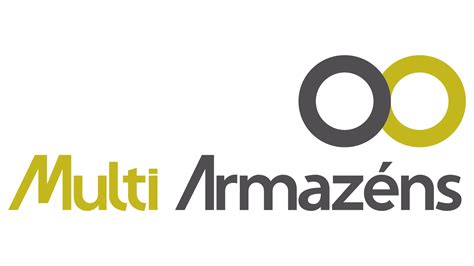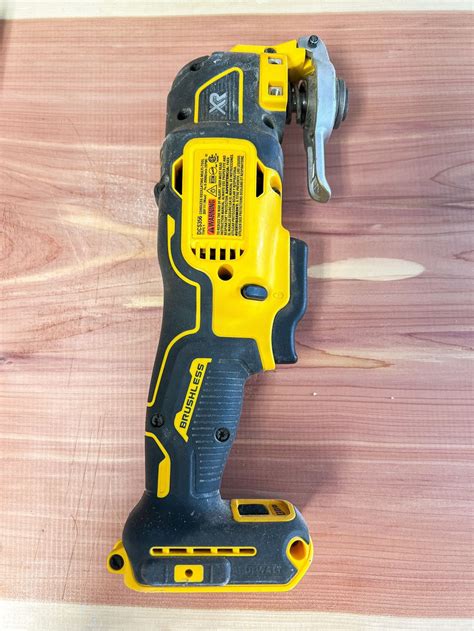The Critical Role of Blade Locking Mechanisms
When you’re out in the field, on a job site, or simply tackling household tasks, your multi-tool is an indispensable companion. However, the true utility and safety of this versatile device often hinge on one crucial, yet sometimes overlooked, feature: its blade locking mechanism. An unreliable lock can turn a convenient tool into a dangerous liability, risking accidental closure and severe injury. Beyond immediate safety, the durability of the locking mechanism directly impacts the tool’s lifespan and your confidence in its performance.
Selecting a multi-tool isn’t just about the number of functions it offers; it’s fundamentally about how securely its primary cutting tools—and often all other implements—are held in place when in use. A robust lock provides the peace of mind that the blade will stay open and stable, no matter the pressure applied, allowing you to focus on the task at hand rather than worrying about the tool itself.

Common Blade Locking Mechanisms and Their Strengths
Multi-tools employ various locking systems, each with its own characteristics regarding strength, ease of use, and overall durability. Understanding these can help you make an informed choice:
Liner Lock
One of the most common locking mechanisms, the liner lock uses a spring-loaded metal liner within the handle to wedge against the blade’s tang when open. It’s generally easy for one-handed operation. While effective for everyday tasks, some liner locks can be less robust than other types under extreme side pressure or heavy use, as the liner’s thickness and the precision of its engagement are critical.
Frame Lock
Similar in concept to the liner lock, the frame lock uses a thicker piece of the multi-tool’s handle frame itself to spring inward and secure the blade. This design often offers superior strength compared to a liner lock because the locking bar is an integral and typically thicker part of the tool’s frame. It provides a very solid lock-up, though it can sometimes be susceptible to dirt and debris interfering with its engagement.
Lockback (Mid-Lock)
The lockback mechanism is renowned for its strength and reliability. It features a locking bar along the spine of the tool that engages a notch on the back of the blade. To disengage, you press down on the exposed part of the bar, usually near the pivot. Lockbacks provide an extremely secure lock, are ambidextrous, and are highly resistant to accidental closure, making them a top choice for safety and durability, though they often require two hands to close.

Proprietary Lever/Plunger Locks
Many leading multi-tool manufacturers, such as Leatherman and SOG, develop their own unique locking systems. These often involve levers, plungers, or sliding mechanisms that lock all the tools, or individual tools, securely in place. Examples include Leatherman’s all-locking tools or SOG’s gear-driven compound leverage plier heads with dedicated tool locks. These proprietary systems are often engineered for maximum strength and ease of use, tailored to the specific design of the multi-tool, frequently offering excellent durability and superior safety.
Button Lock
While less common for the primary blades of multi-tools, a button lock can be found on some models, particularly for smaller tools or assisted opening blades. A spring-loaded button releases a plunger or pin that locks the blade. They offer quick and easy one-handed operation but can be more prone to collecting debris or accidental engagement if the button is not well-recessed.

Prioritizing Safety and Durability
When making your selection, consider the following:
- No Accidental Release: The paramount concern is that the blade will not disengage under any reasonable working condition. Test for blade play (wobble) when locked open – minimal to zero is ideal.
- Strength of Lock-Up: A robust mechanism should withstand significant force applied to the blade’s edge or spine without failing. The thicker the locking bar and the more secure its engagement with the blade’s tang, the better.
- Material and Construction: High-quality stainless steel or other durable alloys for the locking components are essential for longevity. Poorly constructed locks can deform or fail over time, especially with frequent or heavy use.
- Resistance to Contaminants: Does the design allow for easy cleaning if dirt or grime gets into the mechanism? Locks that are less exposed or have wider tolerances may fare better in harsh environments.
- Ease of Engagement/Disengagement: While safety is first, a lock that is difficult to operate detracts from the tool’s utility. Look for a balance between secure locking and practical operation, ideally allowing for easy, but deliberate, closure.

Conclusion: Making Your Choice
For maximum safety and durability in a multi-tool, a well-implemented lockback mechanism or a strong, manufacturer-designed proprietary lever/plunger lock are often the top choices. These systems typically offer the most secure lock-up and are highly resistant to accidental closure, making them suitable for demanding tasks where blade stability is critical.
A high-quality frame lock provides a strong balance of security and one-handed operation, standing as an excellent alternative. While liner locks are common and convenient, users should scrutinize their specific implementation and consider them more for lighter-duty tasks unless the design is exceptionally robust.
Ultimately, when selecting a new multi-tool, prioritize hands-on inspection. Feel the lock engage, test for blade play, and assess the overall build quality of the mechanism. Your multi-tool should be a reliable extension of your capabilities, and a superior blade locking mechanism is foundational to both your safety and the tool’s enduring performance.





